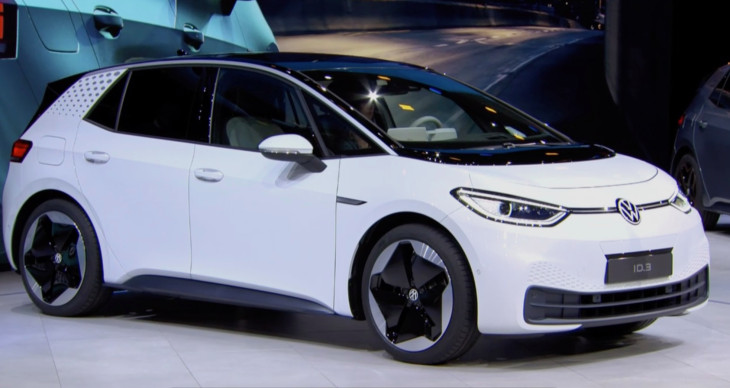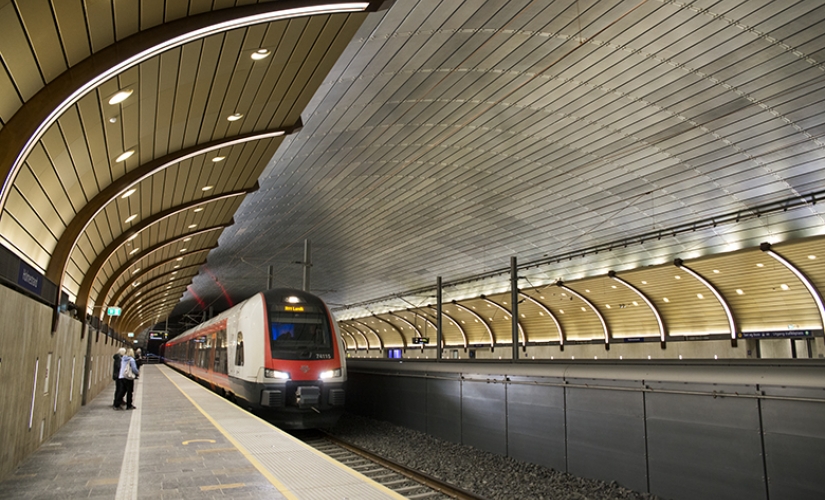- Renewed agreement continues long-term partnership with one of the ten busiest airports in the United States
- Latest contract highlights Bombardier’s comprehensive mobility solutions for transit systems worldwide
Mobility solution provider Bombardier Transportation announced today that it renewed a contract with the Port Authority of New York and New Jersey to provide operations and maintenance services for the Authority’s automated transit system (AirTrain JFK) at John F. Kennedy International Airport in New York. The contract is valued at approximately $309 million US (277 million euro) and covers a period of five years.
“We greatly appreciate the confidence the Port Authority has placed in us and look forward to continuing our 16-year partnership in providing safe, reliable, customer-friendly, 24/7, 365-day service to AirTrain JFK’s growing ridership,” said Elliot G. (Lee) Sander, President, Americas Region, Bombardier Transportation. “We’re proud to offer a convenient and efficient mobility solution for JFK’s passengers and employees, not only within the airport, but between the airport and the city’s transit systems,” he continued.
Bombardier’s scope of work under the contract includes: 24-hour train operations and passenger assistance; maintenance of the vehicle fleet; maintenance of the tracks and power supply and signalling systems; and maintenance of all facilities on the system such as stations and platforms.
Bombardier was a member of the consortium responsible for designing and supplying the AirTrain JFK system, including the fleet of 32 metro vehicles, today branded as BOMBARDIER MOVIA, and has been operating and maintaining the system since its opening in December 2003. The system currently serves a total ridership of over 20 million passengers annually.
Bombardier has been designing, building, operating and maintaining automated transit systems for airports and cities around the world for nearly 50 years. In the United States, the ten busiest airports have chosen Bombardier for their transportation systems.










